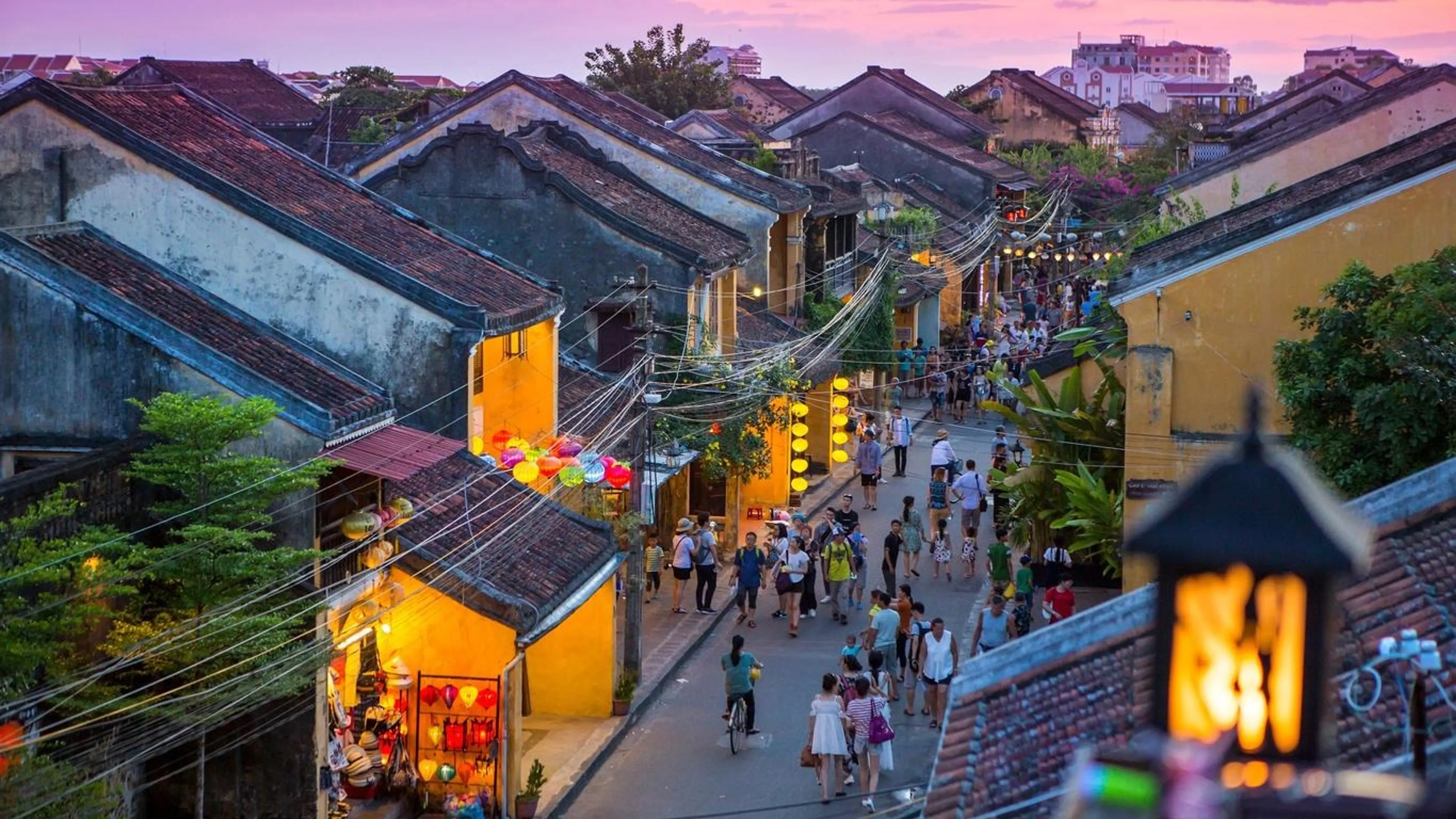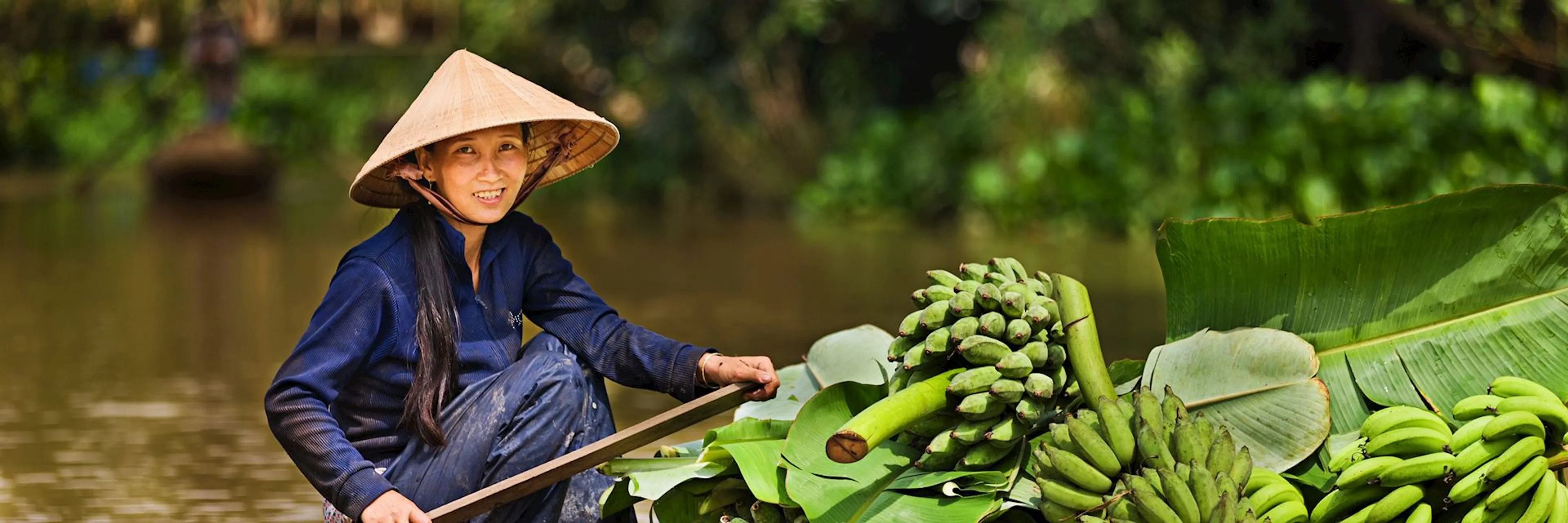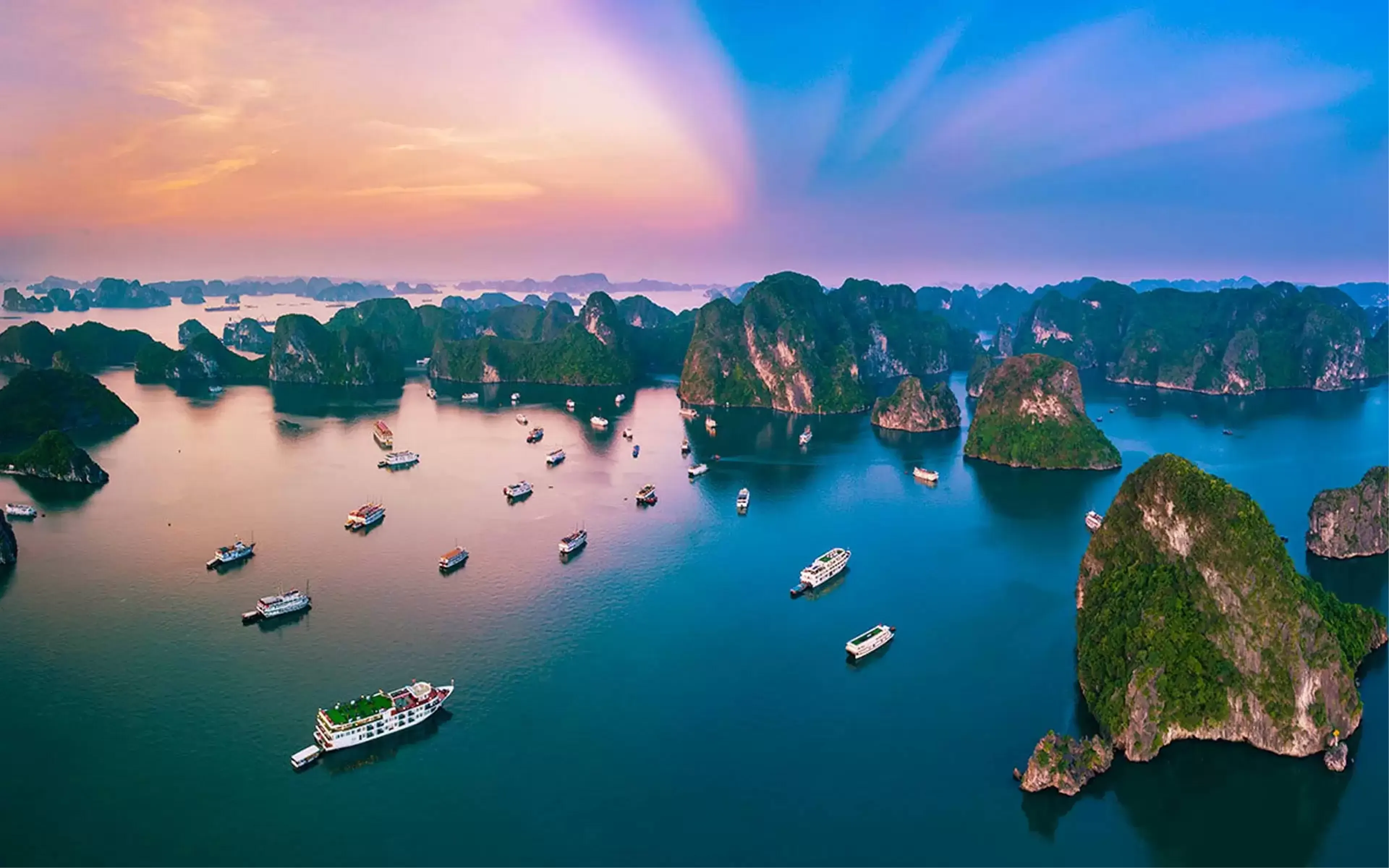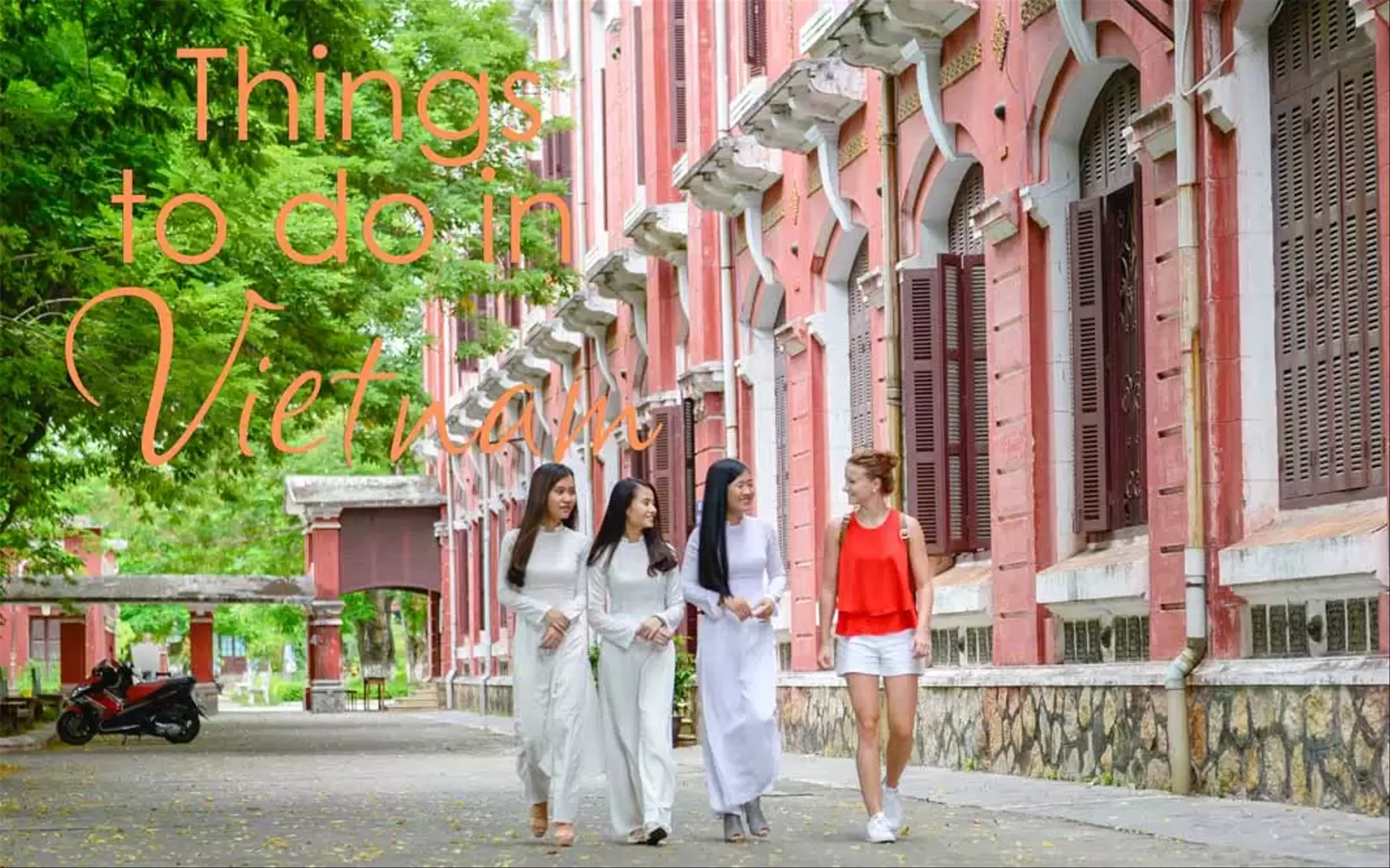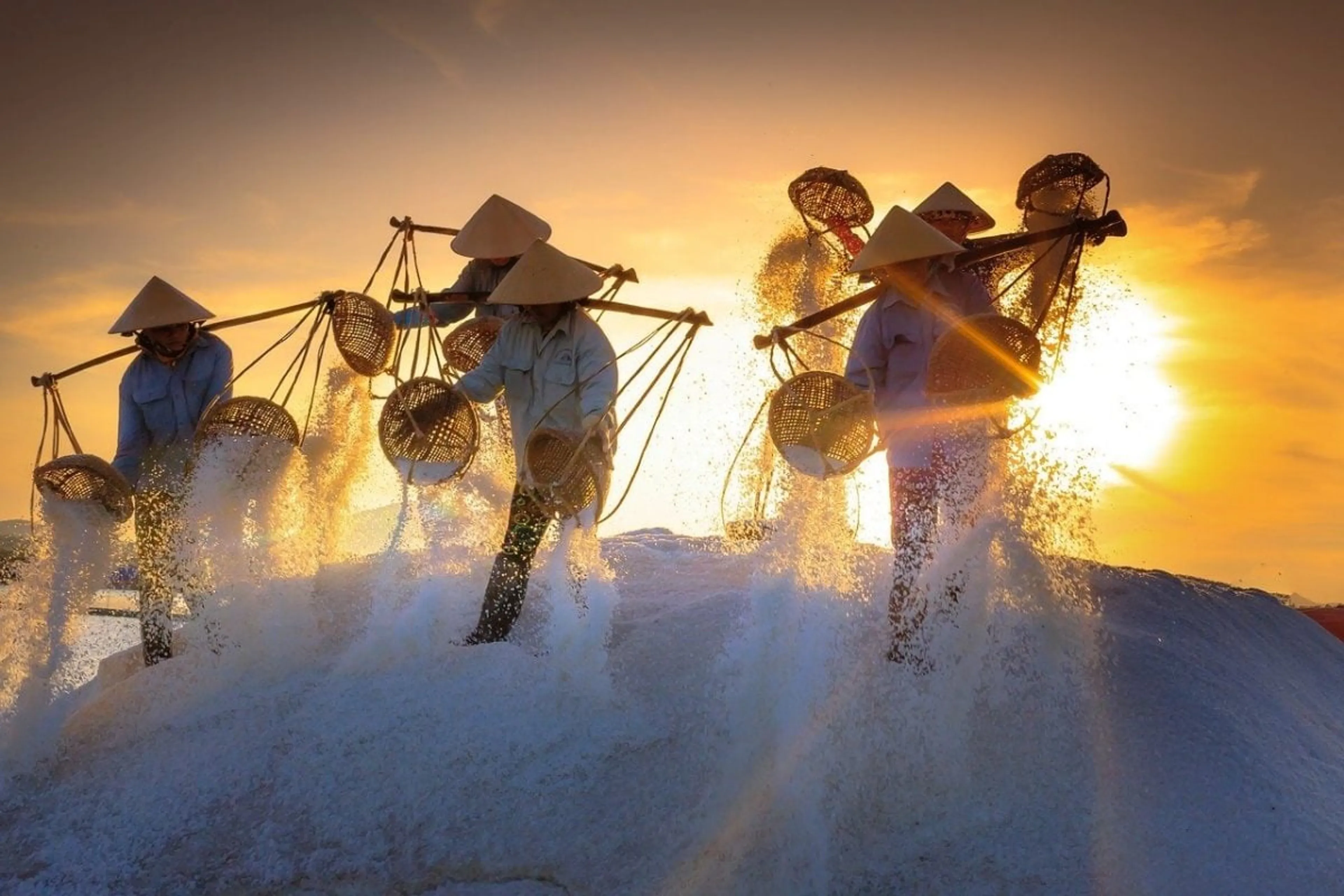
Vietnam, a nation steeped in a rich tapestry of history and culture, offers a fascinating blend of old-world charm and modern vibrancy. It's not just the picturesque landscapes or bustling cities that captivate visitors, but the intricate nuances of the Vietnamese culture that make it truly unique. To fully appreciate this nation and its people, one must delve deep into its cultural roots.
Historical Roots of Vietnamese Culture

The historical evolution of Vietnamese culture is a compelling narrative that weaves through millennia:
- Ancient traditions that continue to influence the societal norms and practices today.
- Over a thousand years of Chinese dominion, which has left an indelible mark on Vietnam's language, cuisine, and more.
- The subsequent French colonial period and its architectural, culinary, and linguistic influences.
- Integration of aspects from neighboring Southeast Asian cultures, enriching the cultural fabric of the nation.
Language and Communication

Communication is at the heart of any culture, and Vietnam is no exception:
- The Vietnamese language, with its six tonal variations, not only shapes the way people communicate but also influences their worldview.
- Some common greetings include "Xin chào" (Hello) and "Cảm ơn" (Thank you).
- Non-verbal communication, like the respectful bow or avoiding direct eye contact with elders, is deeply ingrained in the culture.
Family and Social Structure

Family stands as the cornerstone of Vietnamese society:
- A strong emphasis on family ties, where multiple generations often live under one roof.
- The role of elders is paramount, and they are treated with the utmost respect and reverence.
- Gender roles, although evolving, traditionally see men as the primary breadwinners and women as caregivers.
Religious Beliefs
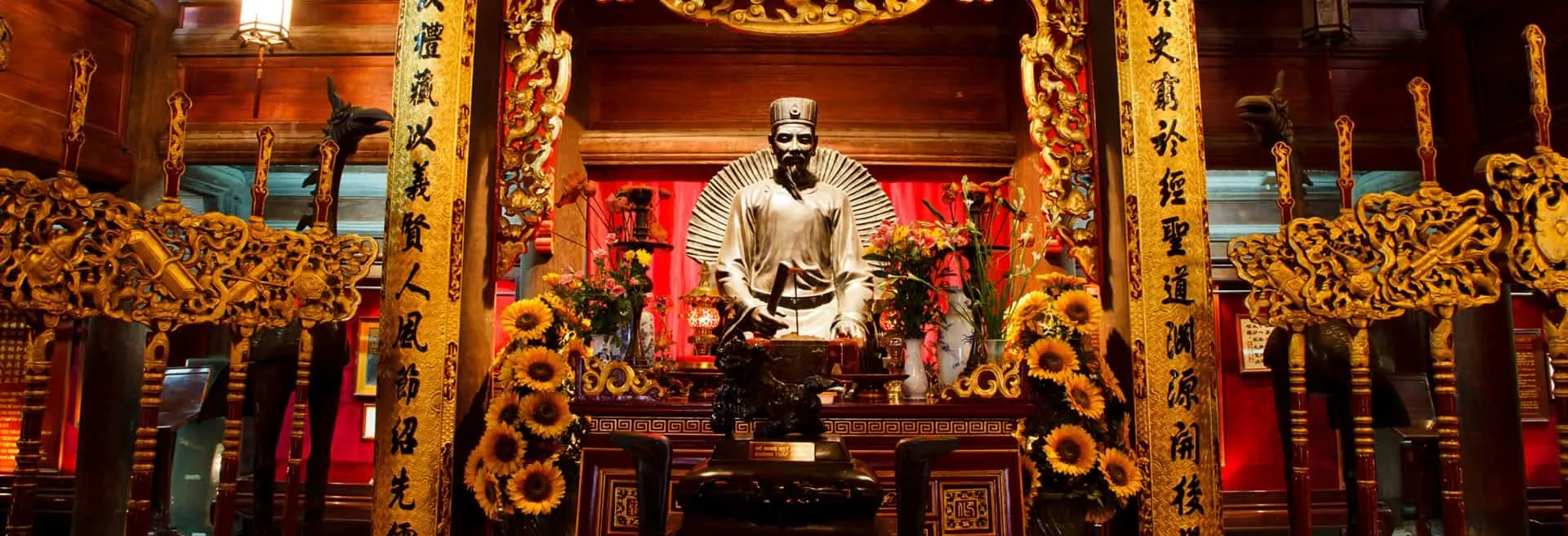
Religion and spirituality play a pivotal role in the daily lives of the Vietnamese:
- Dominant religious philosophies include Buddhism, Taoism, and Confucianism.
- Ancestor worship is a widespread practice, reflecting the deep-rooted respect for elders and the past.
- Local customs and practices have evolved to uniquely Vietnamese interpretations of these religious beliefs, adding to the nation's cultural depth.
By understanding these foundational elements of Vietnamese culture, one can begin to truly appreciate the beauty and complexity of Vietnam and its people. Stay tuned for Part 2, where we dive deeper into festivals, cuisine, clothing, and the arts that further define this enchanting nation.
Vietnamese Festivals and Celebrations
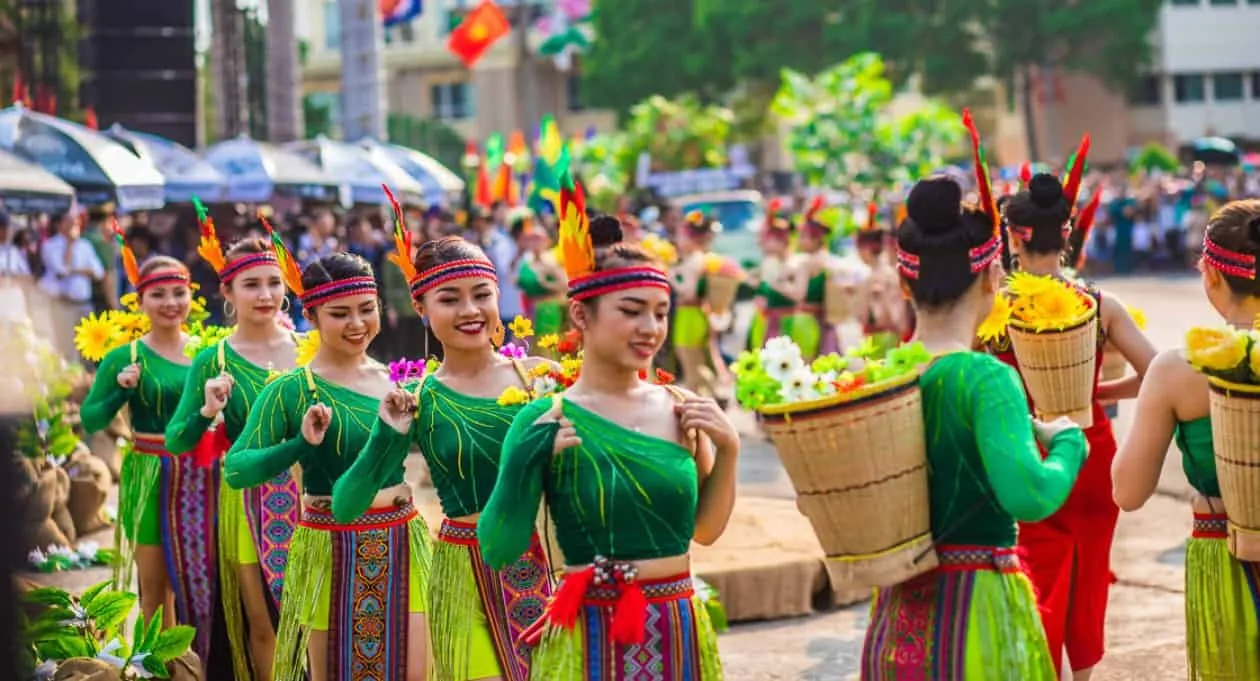
Vietnam's calendar is dotted with festivals that reflect the nation's rich cultural heritage and religious beliefs:
Tết Nguyên Đán or the Lunar New Year: The most significant festival, marking the first day of the lunar calendar. Homes are adorned with yellow and red decorations, while families gather to feast and pay respects to ancestors.
Tết Trung Thu or the Mid-Autumn Festival: Celebrated with colorful lantern parades, lion dances, and the gifting of mooncakes, a symbol of reunion and prosperity.
Cuisine and Dining Etiquette
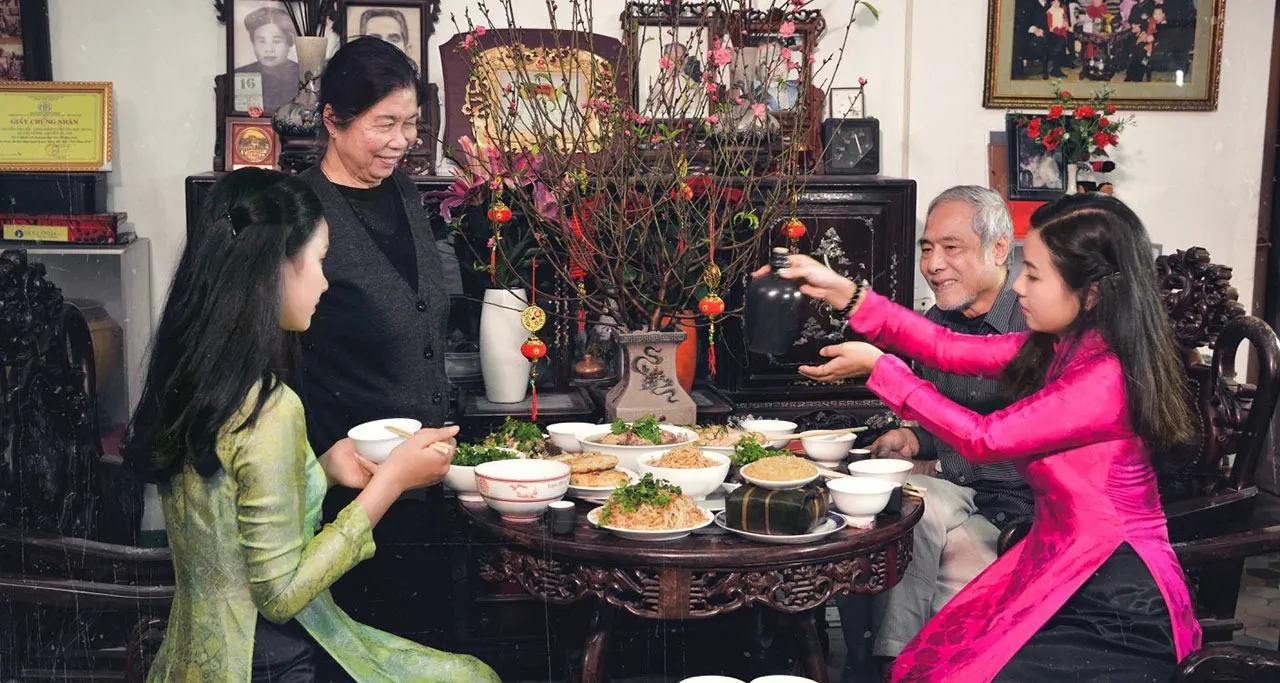
Vietnamese cuisine is a delightful symphony of flavors, aromas, and textures:
Iconic dishes like Phở (noodle soup), Bánh mì (baguette sandwich), and Gỏi cuốn (spring rolls) are enjoyed nationwide.
Vietnamese meals, often communal in nature, symbolize family unity. It's common to see family members picking food from central dishes and sharing.
Dining etiquettes to note:
- Wait for elders to start eating first.
- Avoid sticking chopsticks upright in a bowl, as it resembles incense sticks used in ancestor worship and is considered disrespectful.
Traditional Clothing
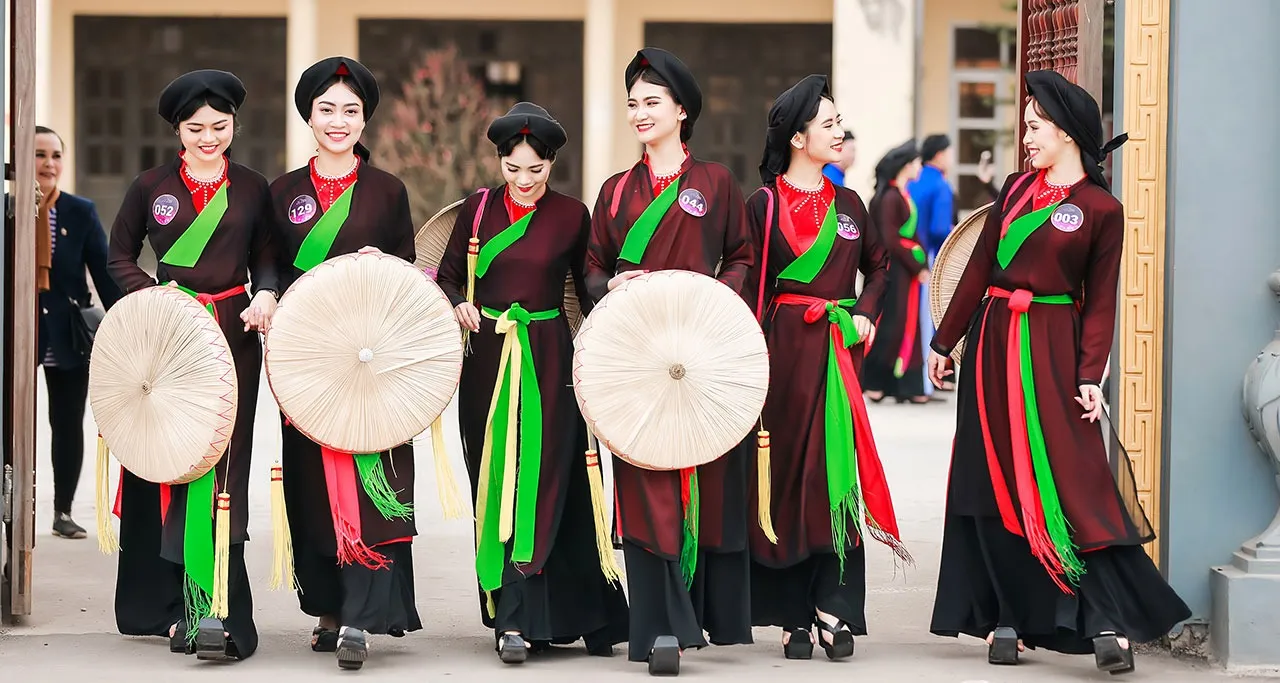
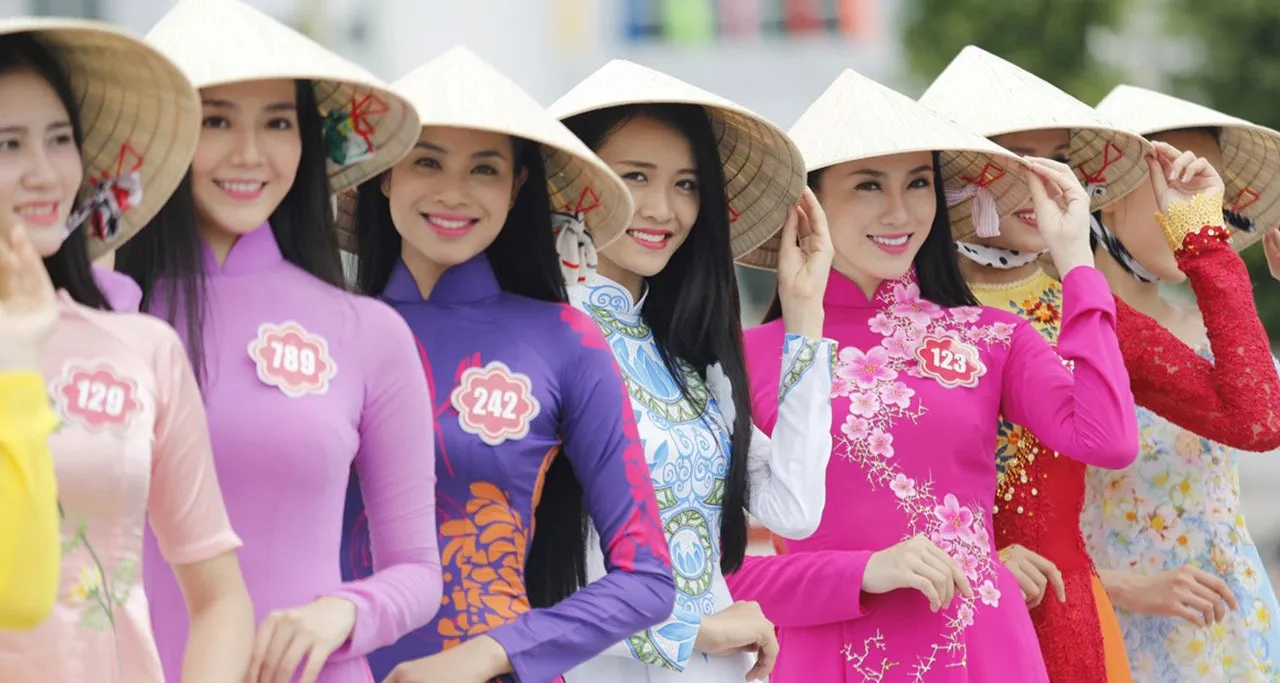
The Vietnamese wardrobe is a blend of traditional elegance and modern styles:
The Áo Dài: A long, flowing tunic worn over pants, often seen during special occasions and symbolizing Vietnamese femininity and grace.
Modern adaptations have introduced variations in fabric and design, but the essence of the Áo Dài remains untouched.
Arts and Music

Vietnam's artistic and musical landscape is a testament to its rich cultural past:
Traditional music genres, such as đàn bầu and đàn nguyệt, provide soulful accompaniments to folk tales and historical narratives.
Water puppetry, a unique Vietnamese art form, showcases legends and stories with wooden puppets maneuvered over water.
FAQs
What is the most significant festival in Vietnam?
- The Lunar New Year or Tết Nguyên Đán is the most significant festival celebrated in Vietnam.
How has the French colonial period influenced Vietnamese culture?
- From architecture to cuisine, the French colonial period has left a lasting impact. The Bánh mì sandwich, for instance, is a blend of French baguette and Vietnamese ingredients.
What are some common superstitions in Vietnam?
- Like many cultures, Vietnam has its share of superstitions. For example, it's considered bad luck to sweep the house during Tết as it's believed to sweep away good fortune.
How do Vietnamese people greet each other?
- "Xin chào" is the common greeting, accompanied by a nod or a slight bow, especially when addressing elders.
In wrapping up our journey through Vietnamese culture, it's evident that the nation offers a unique blend of historical depth, vibrant traditions, and evolving modern influences. Whether it's through the evocative melodies of its traditional music or the flavorful depths of its cuisine, Vietnam invites you to experience and cherish its cultural tapestry.
No matter what time of year you choose to visit Vietnam, you are sure to have a wonderful time. This beautiful country has something to offer everyone, from stunning scenery and ancient temples to delicious food and vibrant culture, book your Vietnam visa online right here to visit this wonderful country

